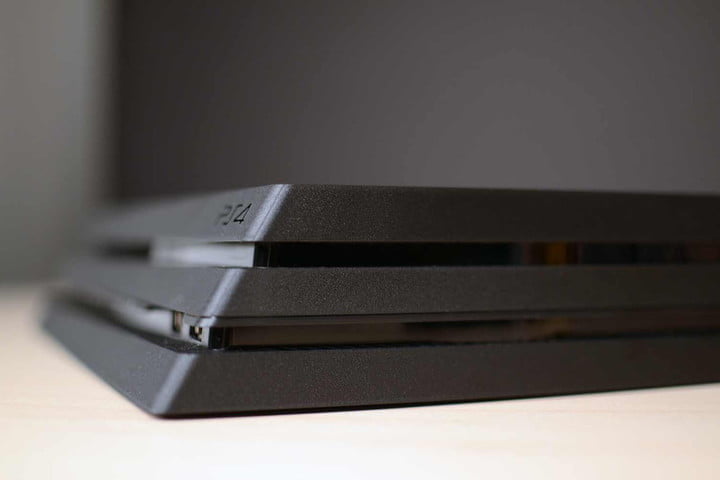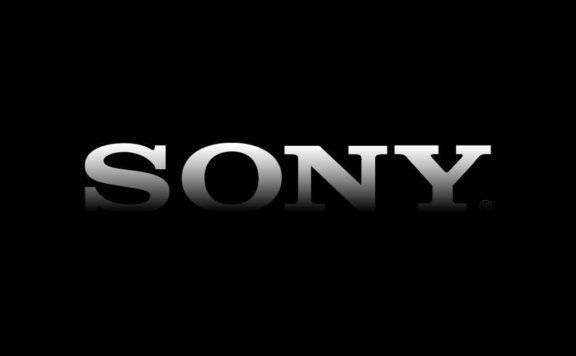Rumors have been swirling of the inevitable PS5 as of late. To me though, this isn’t anything new. I’ve long been a proponent of shorter console cycles, and ideally would have liked to see true “next generation” consoles this year in 2018.
Of course, this isn’t going to happen, much to my disappointment. I fundamentally believe that technology must constantly march forward. Not doing so results in stagnation. In fact, this is precisely the reason why PC continues to be the place for step-changes in hardware and graphical innovation, with these innovations then trickling down into mainstream consoles.
Some may say that we don’t need new consoles. The PS4 Pro and Xbox One X are mid-gen refreshes, after all, and only released in 2016 and 2017, respectively. However, the Pro and X are fundamentally supercharged versions of their little brothers, the PS4 and Xbox One.
Both of these mid-gen consoles share some very core similarities with the base consoles. For example, all four machines have Jaguar AMD CPUs. These CPUs are positively ancient by tech standards, having released in 2013. They’re extremely limited, primarily by power, and are thus low-powered CPUs by design. These Jaguar cores are the bottleneck in these consoles, which is why you see the Pro and X targeting higher resolutions more often than not, and not necessarily higher framerates.
The reason why the Pro and X are allowed to exist, then, is due to the step-change I spoke of above. 4K resolution has long been available and possible on PC, but only recently has the kind of graphical horsepower required to hit 4K become viable from a mainstream consumer standpoint. And even then, native 4K is a rarity in the PS4 Pro and Xbox One X with many games utilizing temporal upscaling techniques to hit higher resolutions.
Thus, I believe a step-change for the PS5 and NeXtBOX will primarily take shape in this CPU arena, with both machines receiving significant upgrades, leveraging the PC CPU technologies that exist today.

This brings us neatly back to the PS5. What do we currently know about the PS5? We have some speculative information regarding from WCCFTech (via SemiAccurate), including CPU and GPU specs.
The PlayStation 5 should feature an APU composed of an 8-core Zen CPU and a Navi-based GPU – both customized, as usual, with consoles.
This bit is interesting to read because, as I discussed with fellow writer Joseph Bradford on Episode 151 of our podcast Gaming The Industry, AMD’s Zen architecture seems the most obvious and logical choice for the PS5. Ryzen released in 2017 to critical acclaim and by all accounts is a fantastic family of CPUs. It brought with it much needed competition in the CPU space.
We also know that, according to AMD’s roadmap revealed at CES, the 12nm Zen+ architecture is set to roll out this year, with Zen 2 expected to hit in 2019 built on a 7nm manufacturing node. Zen 2 is set to be a major architectural change from Zen and Zen+, featuring substantial gains in cache behavior, and power implementations.
Now, Zen 1 is already a massive leap when compared to the pitiable Jaguar cores in the PS4 and Xbox One. And I suspect the PS5 to contain a Zen+ CPU. I do not expect it to contain a Zen 2 CPU, much to my disappointment. I think the architecture will be too new and perhaps a bit too costly to package into a consumer-oriented console. Then again, AMD showed how budget-conscious they are with their aggressive pricing of Ryzen in 2017, so there may be hope yet to see Zen 2 CPUs in the PS5.

The WCCFTech article also makes mention of Navi, an upcoming GPU architecture from AMD. Here, we can turn to this report from Fudzilla which outlines additional information about this GPU architecture.
We know from AMD’s roadmap that Navi won’t necessarily be a high-end GPU and is slated to release sometime in 2019. It’ll be built on a 7nm manufacturing process and is meant to be a desktop chip.
From a horsepower perspective, it makes mention that Navi will be a successor to the existing RX 580, itself a tweaked variant of 2016’s RX 480. Meaning, the Navi GPU will be, for all intents and purposes, a mainstream chip.
It’s here where some context is required. The GPU inside the Xbox One X is a custom variant of the RX 580 and can definitely punch above its weight given the inherent optimizations that are part and parcel of a closed console environment. And today, I will be the first to admit that the Xbox One X performs admirably. However, if Navi is intended to simply be a successor to a mainstream part, and that too release in 2019, this performance will be underwhelming.

Allow me to explain. Clearly, the future is 4K and, with the Zen CPUs I outlined above, higher framerates coupled with this 4K resolution. If a middling GPU is paired with a higher end CPU, then the bottleneck will be on the GPU. Meaning, performance of the PS5 will be limited by the GPU.
This is the opposite scenario we have today, as I mentioned previously, where the PS4 Pro and Xbox One X are bottlenecked by their extremely pitiful CPUs. Obviously, consoles are built to a cost, but we cannot have another situation like we are in currently with the base PS4 and Xbox One (and previously, the PS3 and Xbox 360) where modern PC technology just far outstrips the consoles. This just leads to stagnation and artificially stifles innovation and progress because developers will be shackled with having to code for the lowest common denominator.

It is here where I’ll step in and provide my own predictions. Actually, scratch that. These aren’t my predictions. These are specs that must reflect the PS5 in order to avoid stagnation.
On the CPU side, I actually agree with the WCCFTech report that we’ll see an 8-core Zen CPU. Furthermore, I believe this CPU should be Zen 2. The clocks of this CPU must be at least 3.5 GHz, preferably 4 GHz. A higher clock speed coupled with the additional advances of Zen 2 I mentioned above should result in a pretty beefy CPU.
Regarding GPU, I have no doubt it’ll be a Navi chip, however, it absolutely has to be significantly more powerful than the RX 580. Ideally, we’re looking at 6-8x generation-on-generation increase in GPU horsepower. In practical terms, this means 1080 Ti power, in the neighborhood of 11-12 TFLOPS or so. Given that by 2019, the Ti will be two years old, this kind of power should be available for significantly less money and be far more power efficient given that Navi will be on a 7nm manufacturing node.
As I mentioned above, Navi’s shrink to a 7nm node should mean that a similarly sized die may be able to potentially house more CUs (compute units). Currently, there is a limit of 64 CUs in AMD’s GCN (graphics core next) architecture, limiting how many CUs can be housed on a die.
Navi, with its 7nm manufacturing process, may be able to house more, perhaps upwards of 80, with a few CUs disabled to ensure production yields for mass consumer devices like consoles. Here, let’s assume, on the low end, that 8 CUs are disabled, giving us 72 CUs to work with. This increase in CUs coupled with modest clocks, say 1400 MHz, gives us a throughput of 12.9 TFLOPS. This 7x increase from the PS4 (1.8 TFLOPS) is bang on what I mention above should be a generation-on-generation increase in GPU horsepower:
(72 CUs * 64 shader units per CU * 1400 * 2) / 1,000,000 = 12.9 TFLOPS
RAM is perhaps even more important than it has ever been. in order to push 4K resolution with full-fidelity detail and data, the amount of RAM isn’t the only important spec to consider. Bandwidth becomes incredibly paramount here. To that end, the PS5 must have at least 16 GB GDDR6 memory.
GDDR6 offers massive benefits for bandwidth, which is what you need for 4K gaming with high resolution textures and high framerates and ever increasing game worlds. We already know that Samsung is manufacturing GDDR6 memory so by 2019, this manufacturing process should be mature.
All this being said, I have every expectation that the PS5 will be significantly less powerful than what I specced here. Consoles are built to a cost, and unless Sony are prepared to loss-lead with the PS5, they will spec the machine conservatively in order to see profit on every unit sold.
Personally, I hope they actually do right by the industry and create a truly powerful machine. From a pure horsepower perspective, the Xbox One X destroys the PS4 Pro, and I’m willing to bet Sony does not want to play second fiddle to Microsoft. Of course, games are another factor which I have deliberately not touched on because frankly, my passion lies in the hardware. But if we want a true leap in our next generation PS5 and not a simple step, Sony needs to aggressively spec the PS5.






